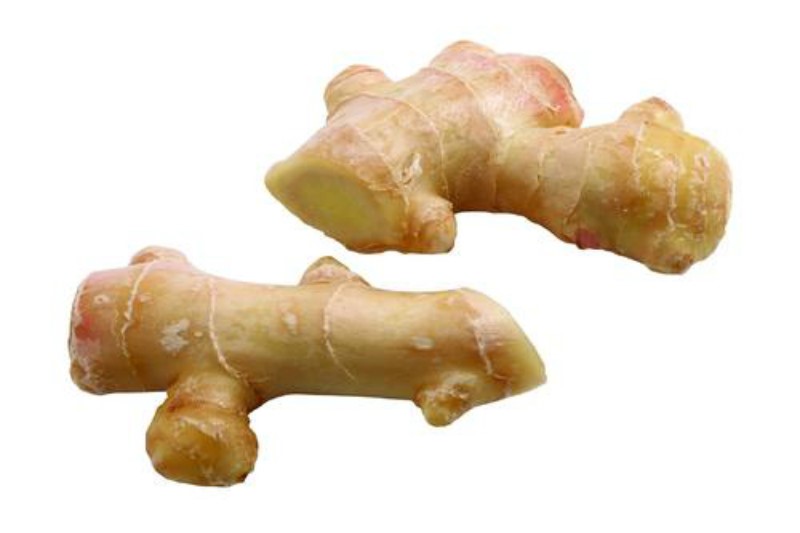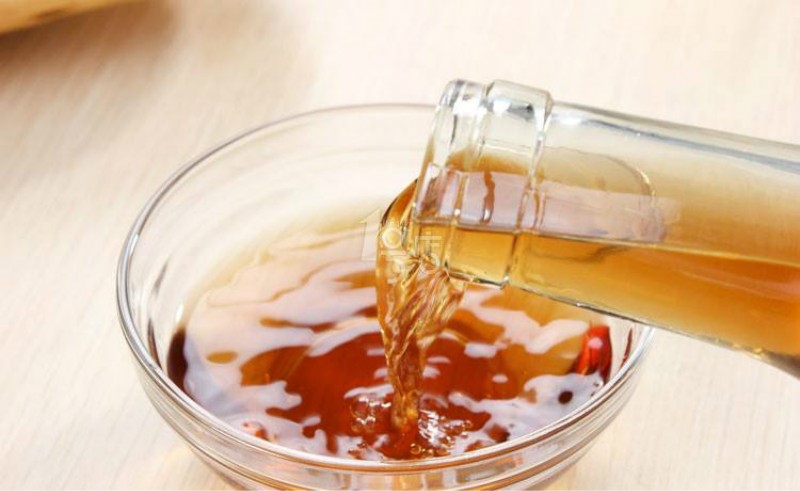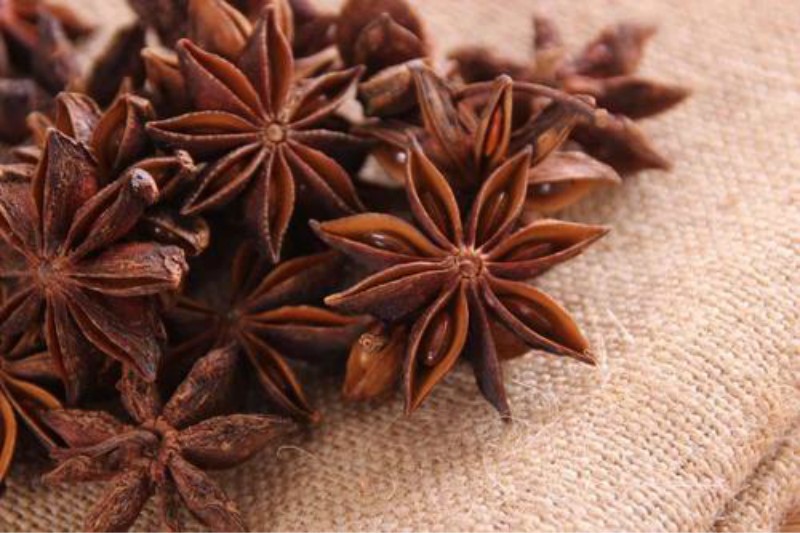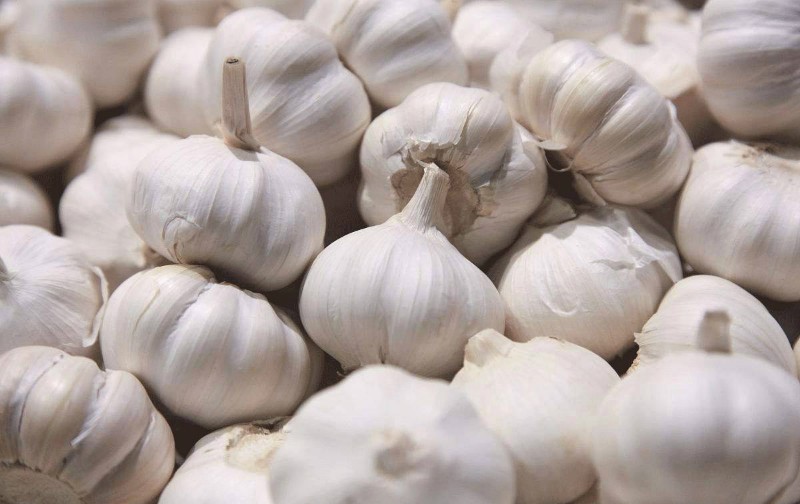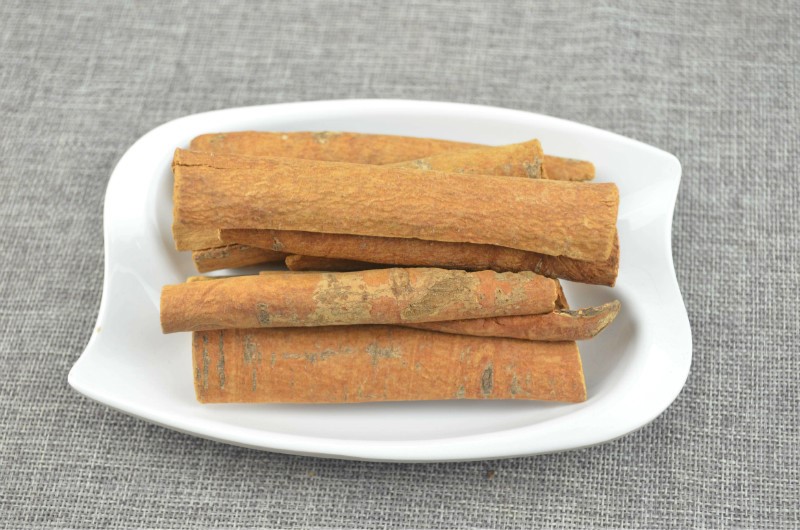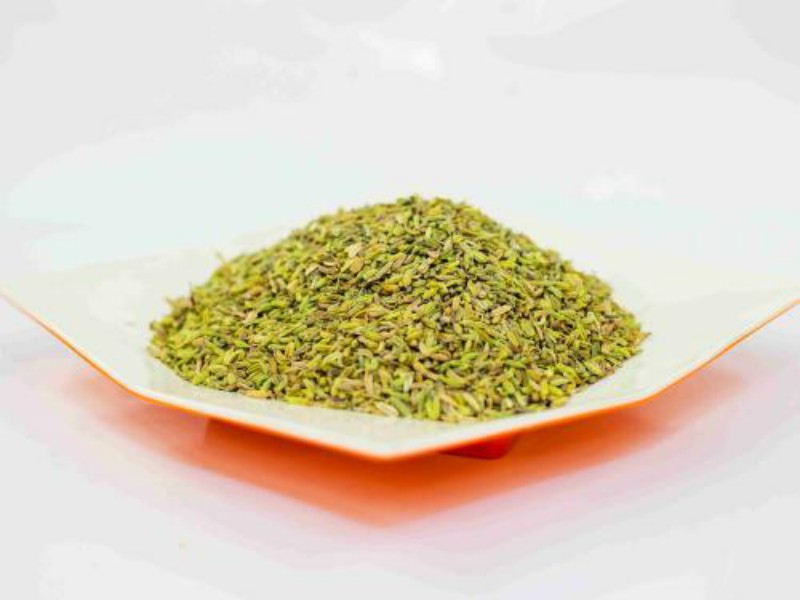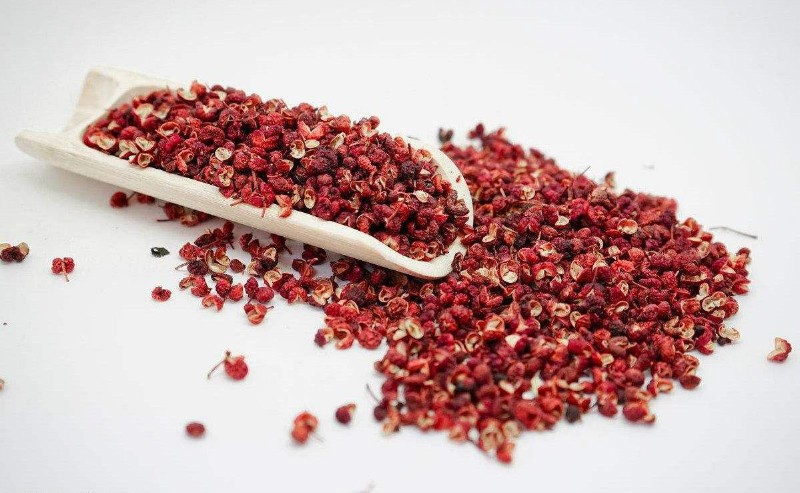To know how to season food properly is just as important as to know the right way to stir fry, steam or stew. Proper seasoning makes good cooking into first-class cooking and dull dishes into exciting ones. Seasonings are important in Chinese cooking because they create the special flavors that characterize different regional styles. Many people say that they are eating seasonings instead of dishes, because even delicious ingredients can taste bland and uninteresting without appropriate seasonings. Seasoning are used to enhance the natural flavor of the food and can be added before, during or after the cooking process. Chinese dishes are well-known all over the world, while Chinese seasonings will also open your eyes.
